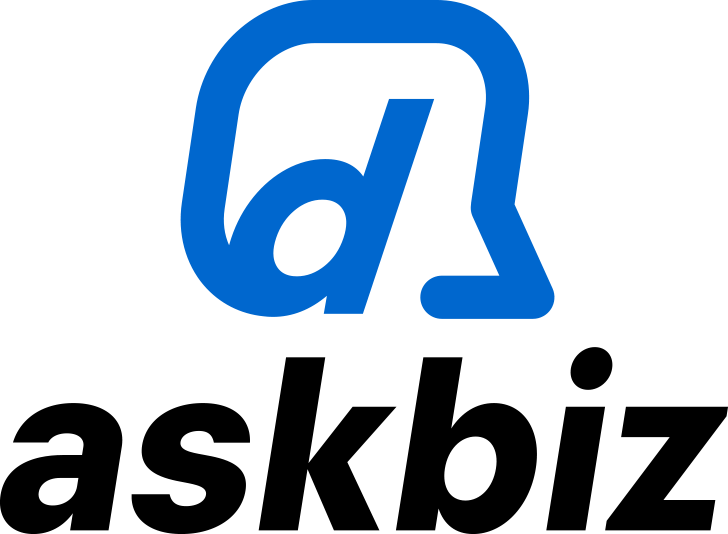Article at a GlanceThe characteristics of the Digital Transformation (DT) pursued by “Doosan Infracore” (currently HD Hyundai Infracore Co., Ltd.), the world’s seventh-largest construction equipment company, are as follows.
1. The company proactively determined that big data would be the core of DT and made a decisive commitment to build a big data platform that would integrate and connect various types of data previously managed by individual systems across different departments. To achieve this goal, it selected the optimal partner.
2. In small agile task forces, field experts from different areas worked flexibly with engineers from diverse cultural backgrounds—including differences in age, rank, and—origin, to rapidly build and enhance the big data platform called "DI360."
3. A dedicated team was formed for DI360 to support and motivate employees to voluntarily utilize the platform and spread data-driven decision-making across the organization.
4. The company plans to expand the use of DI360 beyond existing operations into new business areas, thereby broadening synergistic areas across functions and creating new data-driven businesses.

Doosan Infracore began its Digital Transformation (DT) in 2017, when the construction industry was still trapped in a prolonged downturn. The construction equipment market, which had reached 650,000 units in 2011, continued its decline and had fallen to 390,000 units by 2016—a drop of nearly 40 percent. The crisis was so severe that every single one of the world's top 10 companies underwent restructuring. As the world's seventh-largest company, Doosan Infracore could not escape the impact of the economic downturn. The construction equipment industry is particularly vulnerable to economic fluctuations. Amid this severe crisis, Doosan Infracore decided to seek a breakthrough in a blue ocean that no other companies had yet explored. To avoid being swayed by external risks like its competitors, the company chose to discover new growth engines through Digital Transformation.
Once the direction was set, Doosan Infracore realized that the biggest obstacle to rapid DT execution was data. Although massive amounts of data had been accumulated over more than 40 years, much of it was unstructured, and the quality varied significantly due to a mixture of Korean and English content. In addition, about 50 systems—including Enterprise Resource Planning (ERP), Manufacturing Execution System (MES), and Global Product Data Management (GPDM)—had been implemented and were managed separately by different departments, resulting in a silo effect where data was not interconnected. It was difficult even to locate the data needed to solve critical problems.
To overcome this, the company initially created separate data lakes
1
for each business area, such as Research and Development (R&D), procurement, production, and human resources. However, data lakes built using only structured data according to predetermined business objectives had limitations in enabling better decision-making. To enhance the quality of actual decision-making by leveraging diverse types of authentic big data—in other words, to extract crude oil (data) from the deep sea, refine it into more valuable diesel, and further process it into gasoline or jet fuel—a breakthrough solution that could encompass the entire operation was needed (Figure 1).
Copyright Ⓒ 동아비즈니스리뷰. All rights reserved. 무단 전재, 재배포 및 AI학습 이용 금지


 경제·경영 질문은
경제·경영 질문은